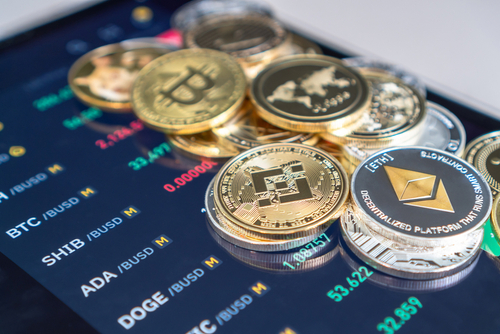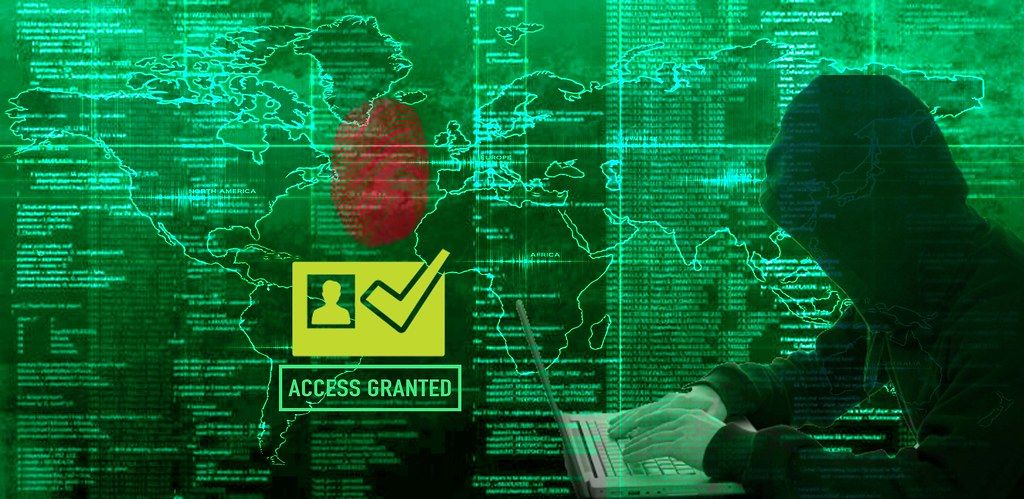When physical property that has a significant value is transferred from one person to another, the title is also transferred to indicate that the property is wholly owned by the new owner. Some digital assets, such as cryptocurrency and non-fungible tokens, may also be of significant value, so how is digital ownership transferred?
Digital technologies such as blockchain, smart contracts, and digital signatures ensure immutable, transparent asset ownership records so that digital property can be transferred from one owner to another in a safe and secure method.
Blockchain makes it possible for people to own their digital assets. It gives them the freedom to use, sell, or give away the asset as they see fit without an intermediary, such as a bank or governmental institution, overseeing the transaction.
Why is blockchain important when owning and trading assets?
Blockchain is a decentralized, shared, immutable ledger that allows its users to record transactions and track assets without oversight from an authority.
Virtually anything of value can be tracked and traded on the blockchain, including physical and intangible assets such as intellectual property, copyrights, patents, and branding.
Everyone with permission to view the blockchain network can see the transactions. Unlike with physical asset transactions, the buyer and seller do not need to trust that the other party will fulfill their end of the bargain. They do not need an overseer to verify that the transaction took place. Blockchain makes it possible for transactions to be immediate, shared, efficient, and completely transparent.
How does blockchain technology provide immutable asset ownership records?
Before blockchain, immutable data was only possible when a custodian was trusted to maintain the data. Blockchain technology offers many features that provide safety, security, and efficiency when transferring assets, including:
- Distributed ledger technology: All transactions are recorded on the ledger, and they cannot be changed once there. Multiple copies of each transaction are saved on many computers. To be valid, all copies must match.
- Consensus mechanisms: Since blockchain operates on a decentralized network of computers, it is challenging to alter data without consensus across the network. Blockchain uses consensus mechanisms, such as Proof of Work (PoW) or Proof of Stake (PoS), to validate and agree on the validity of transactions.
- Immutable records: Because the records are fully transparent and linked, no one can tamper with or change a record once it is recorded. Chaining the blocks together means that once a transaction is recorded, it becomes part of a sequential and unchangeable history. If a change is needed, a new transaction must be added to reverse the error or update the information.
- Transparency: Many blockchains are public and transparent so that anyone can view and verify the transaction. This deters fraudulent activity, as unauthorized changes would be visible to anyone on the network.
- Cryptography: Blockchain relies on advanced cryptographic techniques to secure data. Each transaction is assigned a unique cryptographic hash or digital fingerprint. The hash is entered into the following block header, chaining the blocks together. This makes it difficult for unauthorized parties to access these transactions. Ownership and knowledge of both public and private keys are needed to sign transactions.
- Smart contracts: These self-executing agreements have pre-defined rules. Smart contracts are immutable and autonomously enforce the terms of an agreement between two parties without a need for trust.
- Identity management: Blockchain allows users to control their identity, reducing the risk of identity theft. While every transaction on the blockchain is traceable because it has a unique identifier, the wallet’s owner has complete control over whether they want to reveal their identity.
What are the benefits of using blockchain for transferring asset ownership?
Blockchain technology provides many benefits, including:
- Transparency and immutability: When transferring ownership of high-value assets in the traditional system, the buyer and seller must trust that the other will fulfill their obligations. The buyer must provide timely payment, and the seller must deliver the goods to the buyer as expected. Typically, a bank or other institutional official oversees the transaction to engender trust. Since blockchain transactions are transparent and immutable, an overseeing party is unnecessary.
- Enhanced security: Cryptographic techniques and decentralized consensus mechanisms strengthen security and reduce the risk of fraudulent transactions.
- Increased data integrity: Blockchain utilizes a unique chaining process that requires each data block to be verified and then linked to the data block before it in the chain. Connecting the blocks provides a sequential and unchangeable history of blockchain transactions.
- Efficiency and cost reduction: Smart contracts and digital signatures reduce duplicate and repetitive transactions. They eliminate intermediaries, streamline transactions, and reduce transaction costs.
- Regulatory compliance: Because of its transparency and immutable data security, blockchain enhances regulatory compliance and auditing processes.
If you own digital assets, contact us to learn more about how these assets should be included in your estate plans. Schedule a call with us at 855.631.3457 to learn more about how to protect those most important to you.







 (855) 528-9637
(855) 528-9637